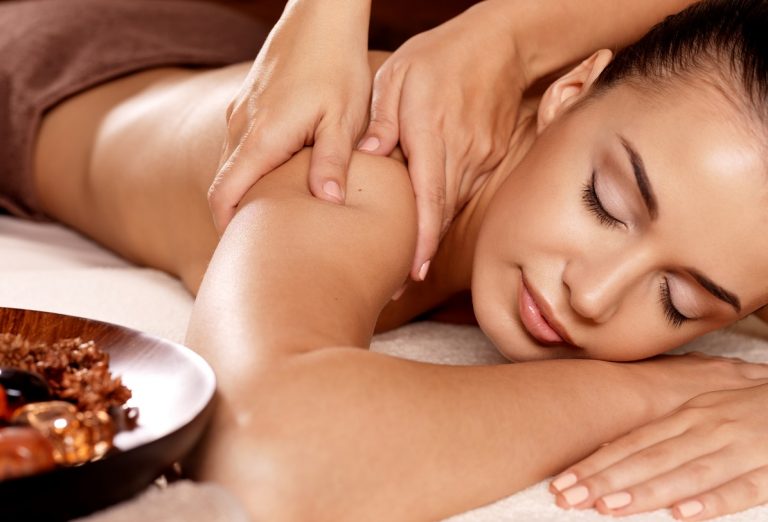There are different types of massage, and each can target a specific part of the body and deliver benefits. A good example is deep tissue massage. This applies pressure to relieve contracted territories and chronic pains. It is often recommended to deal with issues on the neck, shoulders, leg muscles, lower back, and the upper back.
If you’re looking for a good way to relieve muscle pain, you can also go for deep tissue massage. Salt Lake City therapists use this to ease muscles that were injured during exercise or other daily activities. It breaks scar tissues and allows the body to heal properly. It can help improve blood pressure and the overall quality of life, as well. Among the techniques used in this massage include:
Cross-fiber friction
Massage rooms have different equipment other than the bed. This helps set the body in the right position, so the therapist can access and massage different areas properly. After all, proper positioning is important to enjoy the benefits of a deep tissue massage.
Cross-fiber friction uses no oils or creams. It feels severe at first, but it eases as the tendons and muscles begin to relax. It is likely to experience irritation as you start to heal.
Active release method
Simply referred to as ART, this technique combines treatment and examination. The therapist must first look at your situation and your medical history before starting. They use their hands to feel how developed your tendons, muscles, and ligaments are. During the examination, they will also feel the composition of your muscles and see how your nerves respond. The therapist then deals with abnormal tissue using coordinated pressure.
Muscle energy technique
 This method helps stretch the muscles. It is often used by massage therapists who work with sportspeople and patients of specific injuries during physical therapy. This method has become accepted as useful for stretching the postural muscles that tend to shorten.
This method helps stretch the muscles. It is often used by massage therapists who work with sportspeople and patients of specific injuries during physical therapy. This method has become accepted as useful for stretching the postural muscles that tend to shorten.
For progressive constriction, the therapist pulls against resistance using isometric compression. This therapy is not ideal for use with phasic muscles, though, but it can help strengthen and relax cramping muscles. After an injury, their patient can receive this massage to help their muscles recapture their capacity and to lower restricted edema.
Trigger point method
This technique is meant to deal with pain at its source. The therapist will apply pressure in cycles and help you breathe deeply in particular ways. The idea is to find the specific place with discomfort, to assess the amount, and to deal with it. This discharges tightening in different types of muscle and decreases pain. You can see the results after one treatment.
Myofascial release
In this technique, the therapist massages the skin with no lotions or oils. They look at the limitations on the face and apply enough pressure to release face muscles. With this technique, timing is vital to causing the fascia to elongate.
Massage is not just about rehabilitation after an injury. It also helps relax the body from busy schedules and release anxiety and stress. It is good practice to schedule a massage regularly.

